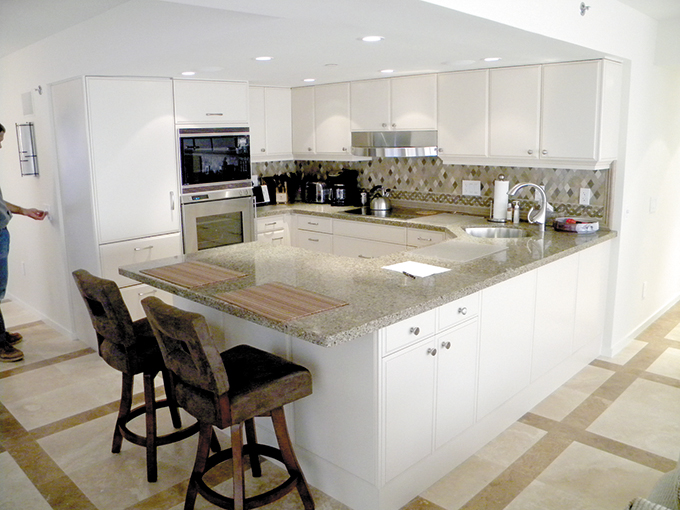Like picking a university or falling in love and deciding to marry, choosing to build a new home can be one of life’s most rewarding and stressful experiences. The house plan — your dream on paper — becomes the manuscript, which weaves together the various people (developer, builder, sub-contractors, lender, etc.) and products that will bring your vision to reality.
One of the joys of the home design phase is discovering new amenities that will make the home “just right.” Rather than fitting into someone else’s personality/lifestyle (as you do when buying a resale house), being able to harmonize new design thought with innovative product solutions means your new home reflects you and your priorities.
Here are recommendations when it comes to home design:
1. Establish a realistic budget for your new home. There. We said it. Money. For most of us, price is a constraint. Talk to a mortgage officer to see how much home you can afford and compare that with what you are comfortable paying. You need an understanding of area new home prices. Get a feel for what’s possible within your budget and don’t base it on the cheapest builder.
2. Embrace how you want your home to “live.” Evaluate a home’s suitability: areas for entertaining, de-stressing, storage and organization, and flexible living spaces.
3. Rank your priorities. A common method identifies three categories: “needs” (things you must have in your new home like wide doors and halls for a brother in a wheelchair); “wants” (important but not must-have items such as a prep pantry in the kitchen); and “desires” (amenities you would love to have if the design and budget allows, such as a sound-proofed home theatre). Then, when you are looking at home plans and/ or working with a home design professional, you can ensure important design and product amenities have not been overlooked.
4. Consider the bigger picture. How long do you see yourself living in the new home? Life happens! What will likely change, such as kids moving out? Are “aging-in-place” features important? What about parents moving in? Is your home easily adaptable to future needs? Wider doorways may not be feasible at a later date. Design flexibility — the ability to make changes — is key to long-term happiness with your new home. This is also the time to consider resale.
5. Collect. Photos … literature … articles … print outs … all of these help identify and communicate elements of your new home that you like.
6. Do the research. Touring local “for sale” homes is a great way to help you recognize design aspects you like as well as identify those you don’t care for. When searching plans online, rational search filters (type of home, square footage, etc.) help rule out plans that won’t work.
7. Work with a professional. “You get what you pay for” holds true with home plans. How long has the company been in business? Can they supply references? Do they have market knowledge of local building codes? Will they merely put on paper what you describe or will they make further suggestions for improved livability and style? Family and friends may give advice, but it’s often conflicting, causing indecision. Your designer should be your “go-to” advisor on trends, functionality, and aesthetics. Your design professional should also have considerable construction knowledge. Unfortunately, some home designs aren’t buildable as designed or are unnecessarily expensive due to poor design.
Do you have a project that you are not sure how to approach? Drafting Solutions LLC provides complete home design, drafting and permitting services for all of your planning needs. Call for a free consultation.
DRAFTING SOLUTIONS LLC
contact // 352-2548
web // draftingsolutionshawaii.com
See more articles from: Drafting Solutions LLC
